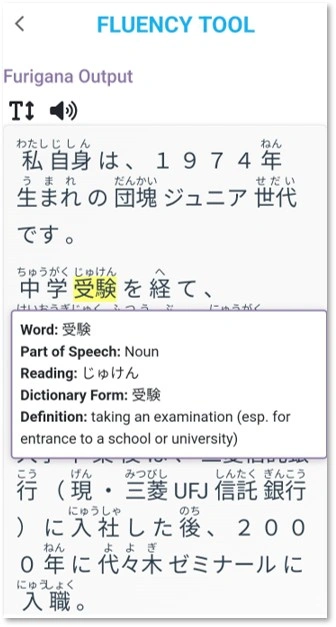Why Immersive Japanese Reading Matters
Immersive reading is one of the most powerful ways to build fluency in Japanese. By engaging with authentic, native-level written content, learners have the opportunity to internalize vocabulary, grammar, and cultural nuances in a way that traditional study methods can't match.
Research in second language acquisition consistently shows that comprehensible input—content that's just slightly above your current level—accelerates learning more effectively than isolated grammar drills or vocabulary lists. When you read Japanese articles, stories, or news in context, your brain naturally begins to recognize patterns, infer meanings, and build neural pathways that support long-term retention.
Universal Challenges
Immersive reading is an effective learning tool, but it presents challenges for all language learners. These include unfamiliar vocabulary, complex grammar, and intricate writing systems, which can create a gap between conversational fluency and reading proficiency.
Unique Challenges of Japanese
For learners of Japanese, immersive reading presents unique challenges, primarily due to the complexity of kanji. While many learners can converse or recognize spoken phrases, reading the same words can often feel much more difficult.
Key Hurdles
Limited kanji knowledge creates a gap where learners may understand the spoken form but struggle to decode the written equivalent. This disconnect can lead some learners to shy away from reading immersion. However, avoiding reading only delays progress.


